Liverpool vs Arsenal has always been a fun, explosive fixture between two of the most historic sides in England. That being said, the fixture has been slightly one-sided in recent years, especially at Anfield. Arsenal have not managed to grab a win at Anfield since 2012 when Brendan Rodgers and Arsène Wenger were in charge of the respective clubs. Times have long changed since Lukas Podolski, and Santi Cazorla celebrated goals at the Kop end, and Arsenal were coming to Anfield for the EFL Cup fixture with a massive task on their hands. What occurred after was a match filled with a ton of mayhem, drama, and defensive errors. The thrilling match ended 5-5 with Liverpool winning 5-4 on penalties.
This tactical analysis will use analysis and look at tactics to show how Klopp and Emery set up to attempt to nullify each other and why both sides conceded so many goals.
Lineups
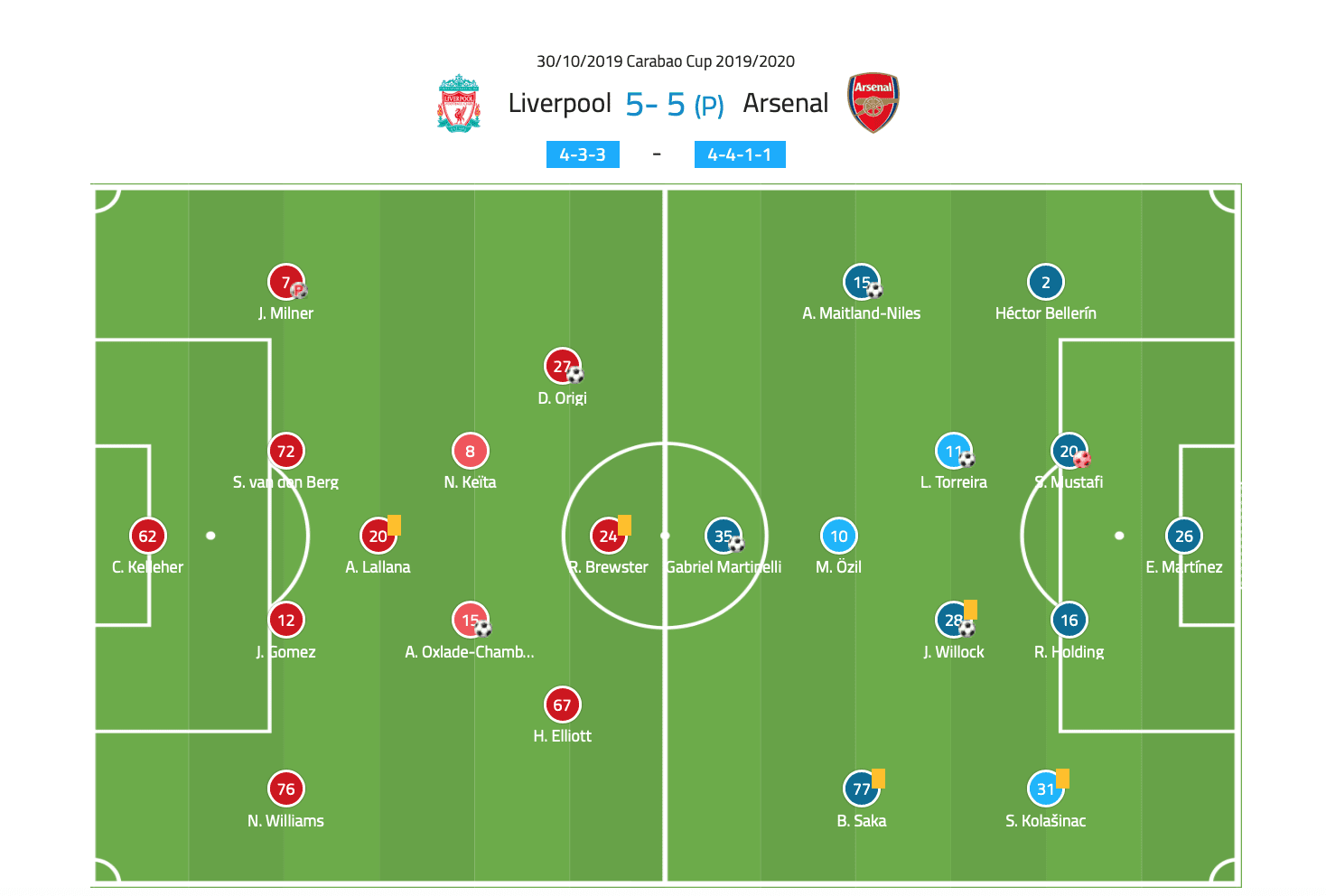
Both managers strayed from their usual starting XI’s for this match, likely because the EFL Cup is often seen as the last of importance in clubs competing in Europe. Because of this, it isn’t a surprise that both managers combined youth and experience in their lineups.
Klopp went with his tried and trusted 4-3-3, but with Caoimhin Kelleher, Liverpool’s 20-year-old Irish keeper in net. The back four consisted of first-team players James Milner and Joe Gomez in the left-back and centre-back position, respectively. Neco Williams occupied the left-back position, and Sepp van den Berg partnered Gomez as Liverpool’s other centre-back. The starting midfield three consisted of Naby Keita, Adam Lallana, and former Gunner, Alex Oxlade-Chamberlain. Cult hero, Divock Origi along with highly-rated youngster Rhian Brewster, and the youngest player to play for Liverpool at Anfield, Harvey Elliott made up Liverpool’s front line.
Emery set up in a 4-4-1-1, changing it up entirely from the 4-4-2 he used against Arsenal’s draw against Crystal Palace, after being 2-0 ahead. Ahead of Emiliano Martínez in goal, the Gunners’ back four consisted of captain Héctor Bellerín, Shkodran Mustafi, Rob Holding, and Sead Kolašinac. In central midfield, Emery went with first-team player, Lucas Torreira and Arsenal youth product, Joe Willock, as a double pivot, with Ainsley Maitland-Niles and Bukayo Saka supporting them on both flanks. Mesut Özil, whose lack of game time has been the main topic of discussion ahead every single Arsenal game, finally started in an advanced role, just behind Brazilian youngster Gabriel Martinelli.
Attacking Strengths
Both teams scoring five goals in normal time shows the attacking prowess both sides have, which is especially significant because of the amount of youth playing.
Liverpool predominantly wanted to attack through the flanks, as they usually do with first-team fullbacks Trent Alexander-Arnold, and Andrew Robertson.
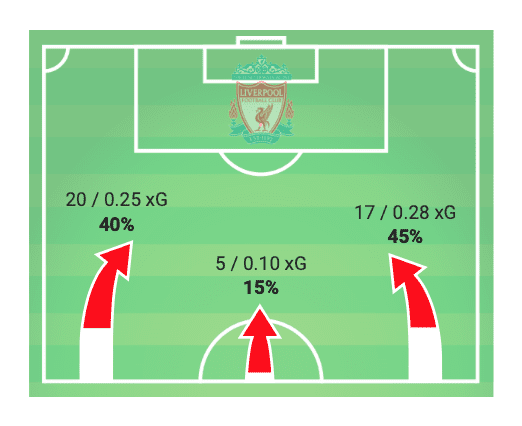
However, it is known that Milner is not as agile as Robertson, and most likely does not have the energy to sustain going up and down the flanks for a full match. Furthermore, Williams, who is still not part of Liverpool’s first team would have been tasked with a lot of responsibility by bombing up the right-hand side similar to Alexander-Arnold, as well as defending against a top-six side.
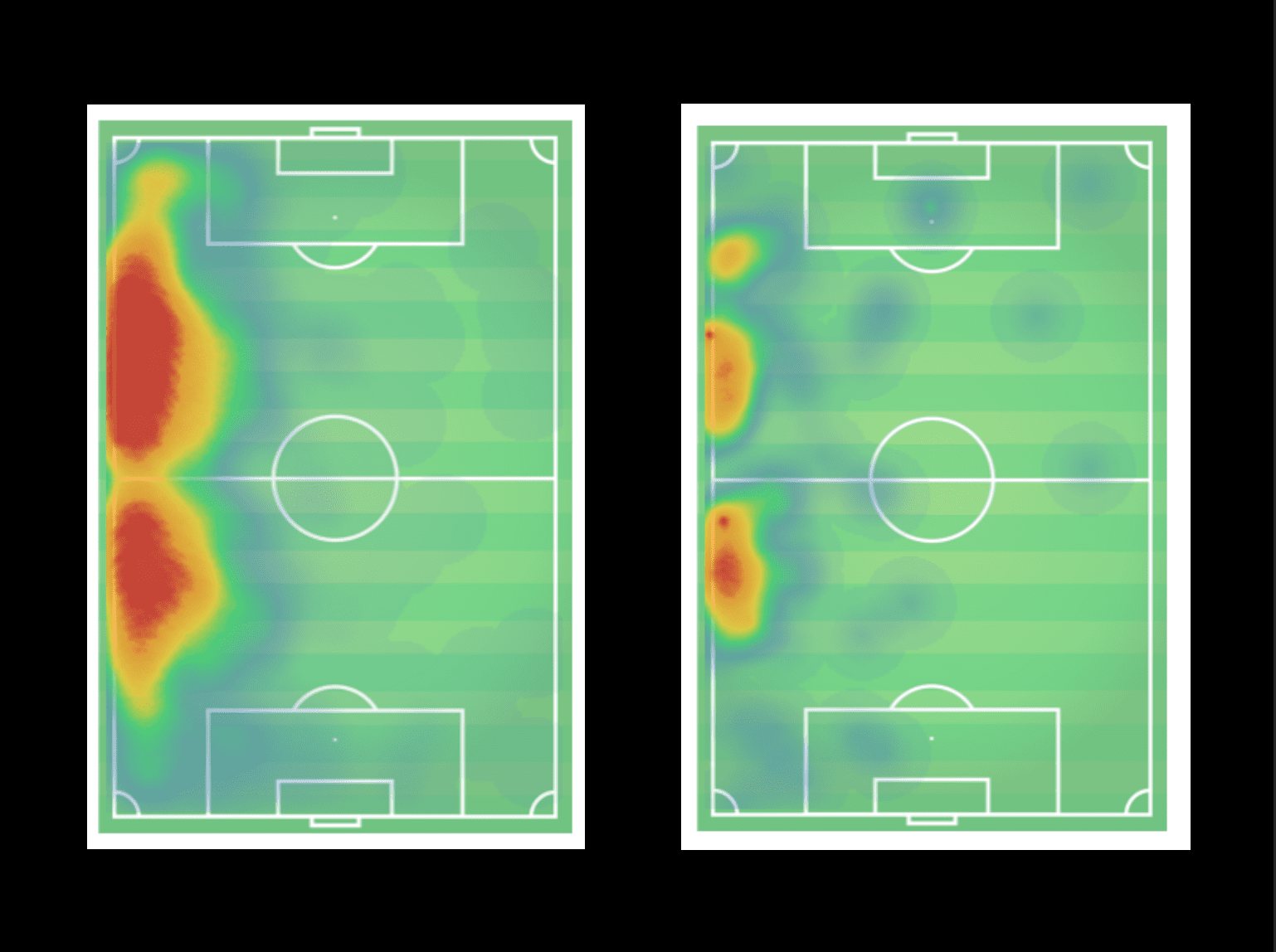
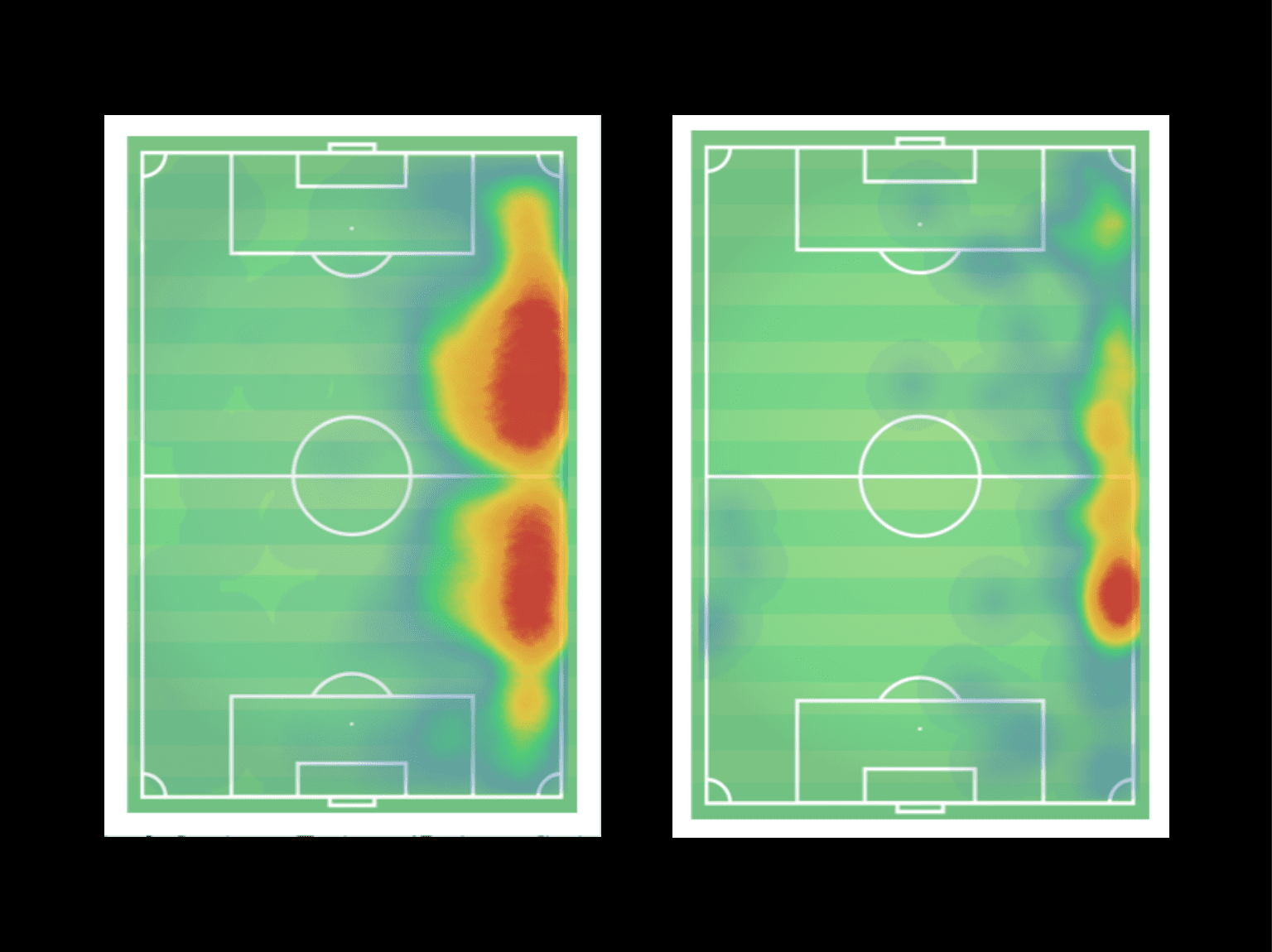
Usually, Liverpool can play with such proactive fullbacks because the midfield of Fabinho, Jordan Henderson, and Georginio Wijnaldum are all quite negative in their play, usually covering for a fullback in possession. However, this match saw Klopp play a dynamic attacking midfield. He tasked them to provide width, rather than the fullbacks.
By going wide, Liverpool midfielders would often drag Arsenal midfielders out with them, creating an imbalance in midfield for Arsenal.
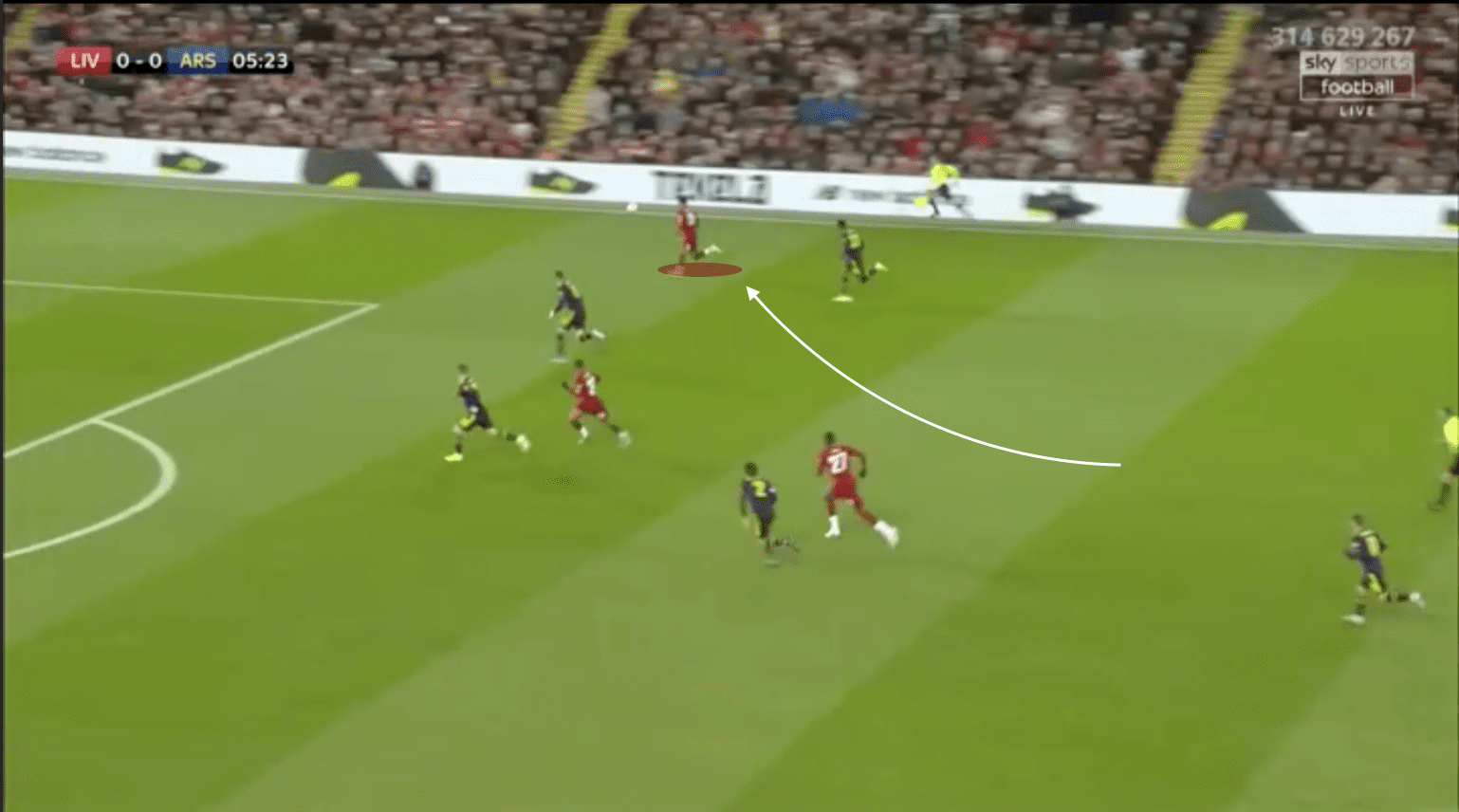
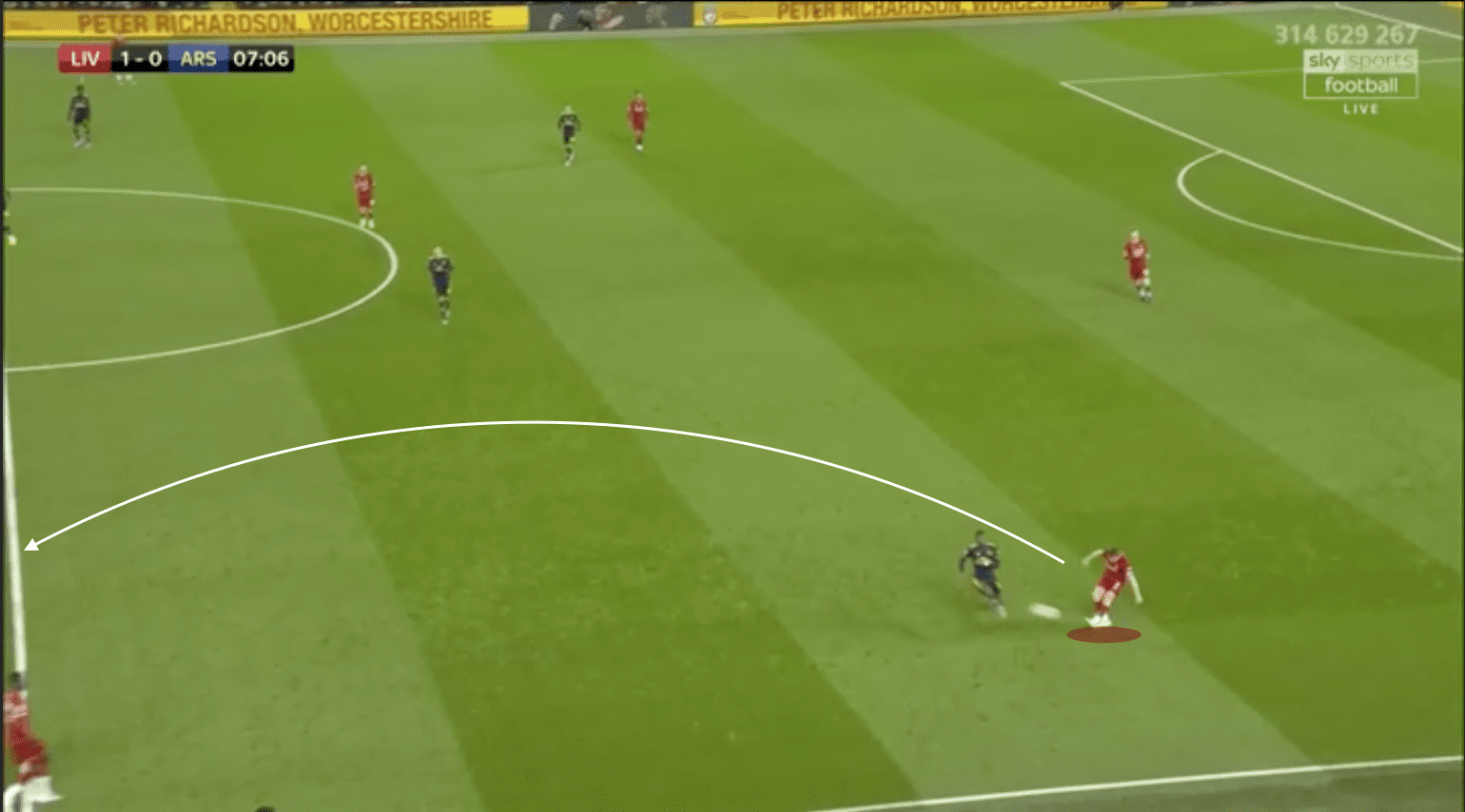
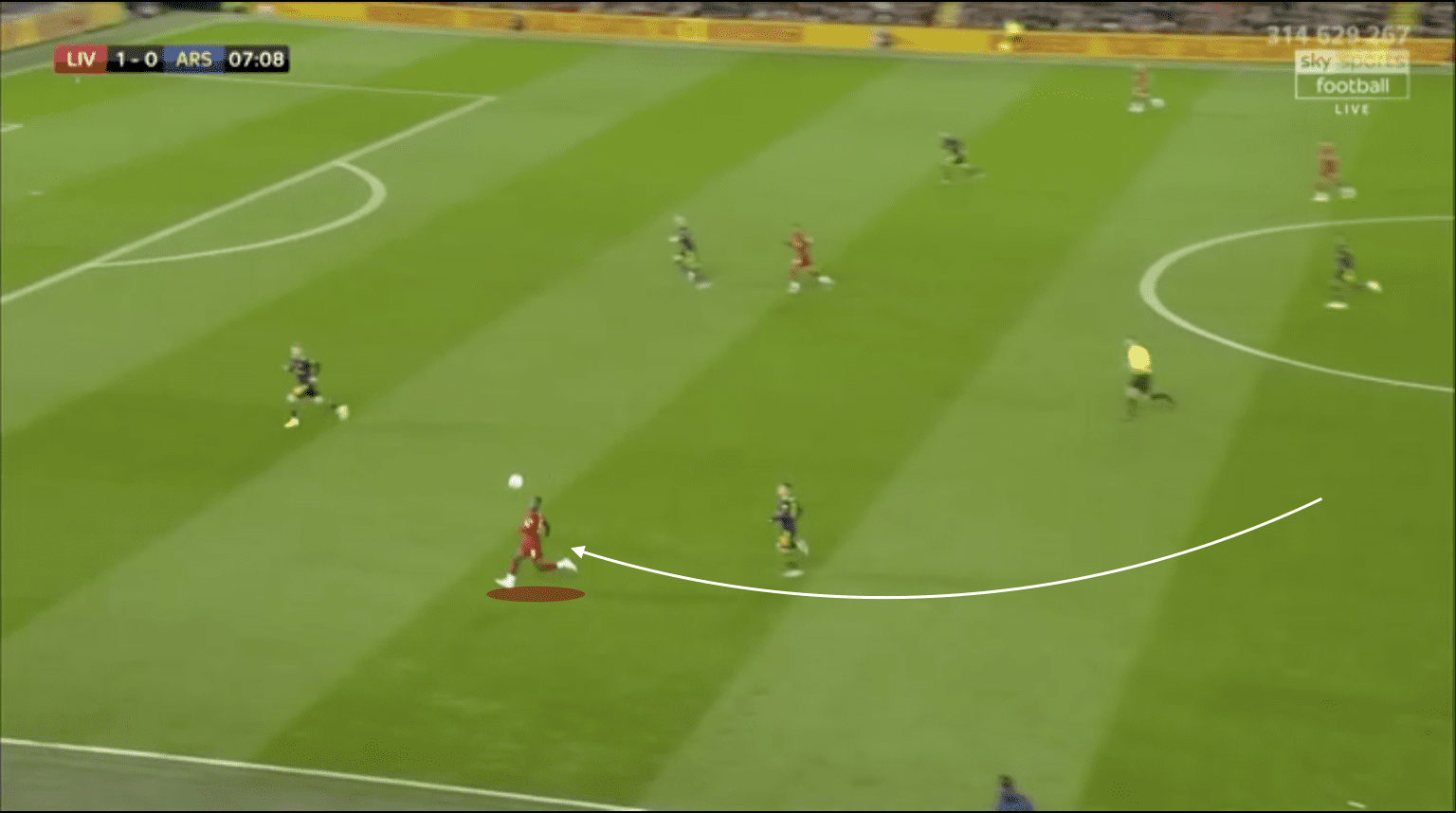
Arsenal, on the other hand, had attacks that were a bit more spread about, with nine from the right, six from the centre, and three from the left.
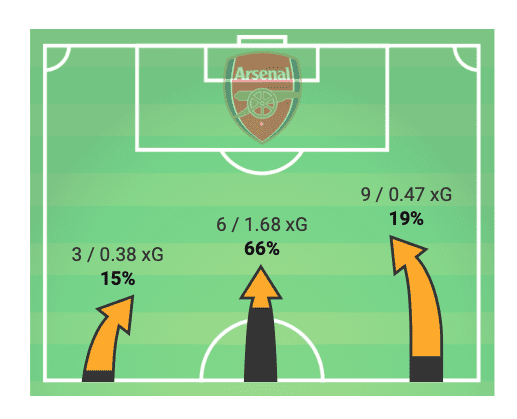
Their leading creator was Özil who had a point to prove to Emery. A lof of his attacking statistics were the highest of his team: his pass completion was the highest (94%), he had the best xA of his team (1.20), and he had the most passes to the final third (5).
Arsenal focused on pressing Liverpool into mistakes and attacking them before the home team could resituate themselves into a defensive shape. This tactic was working well for Arsenal, and they created more chances from open play (six) than Liverpool (three).
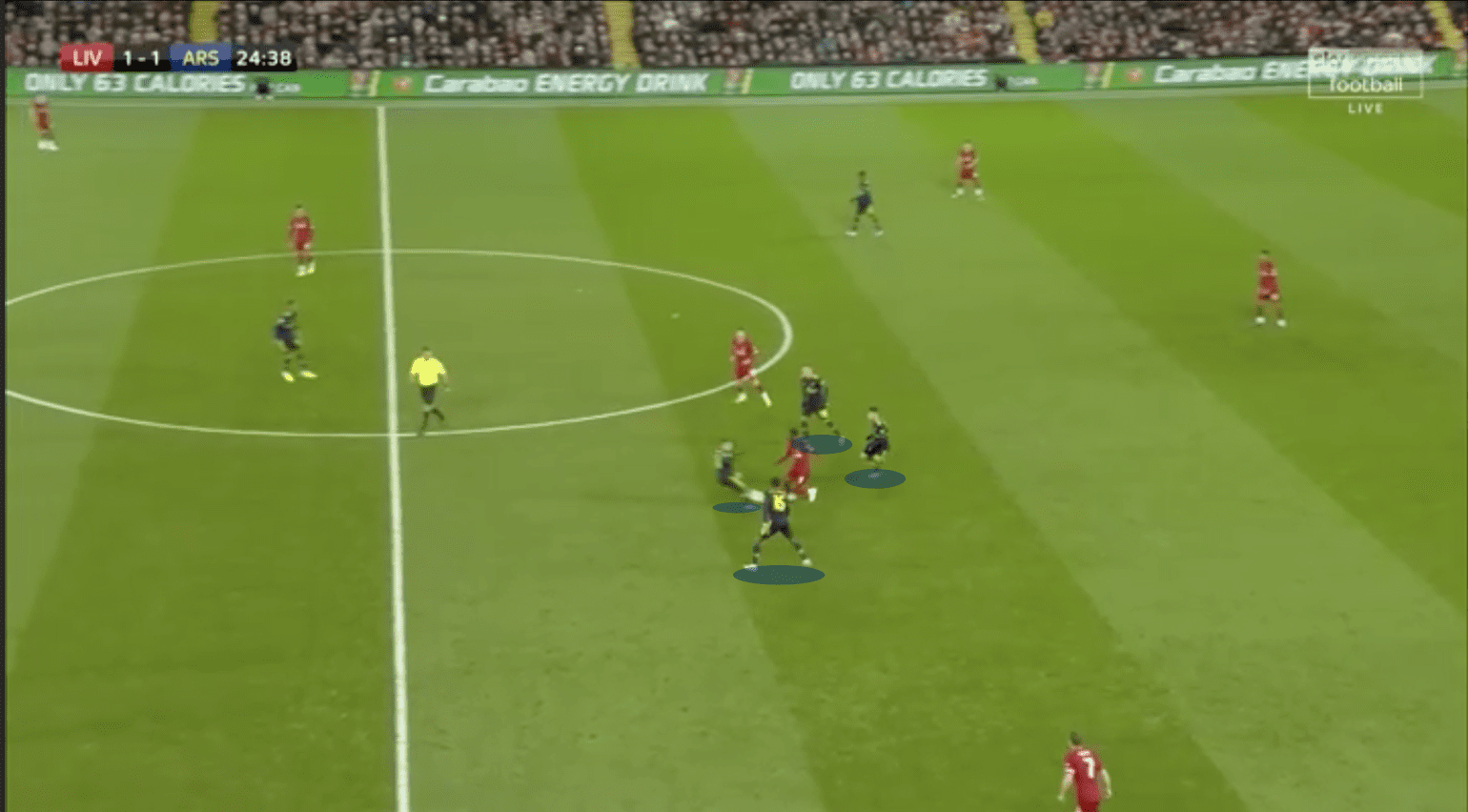
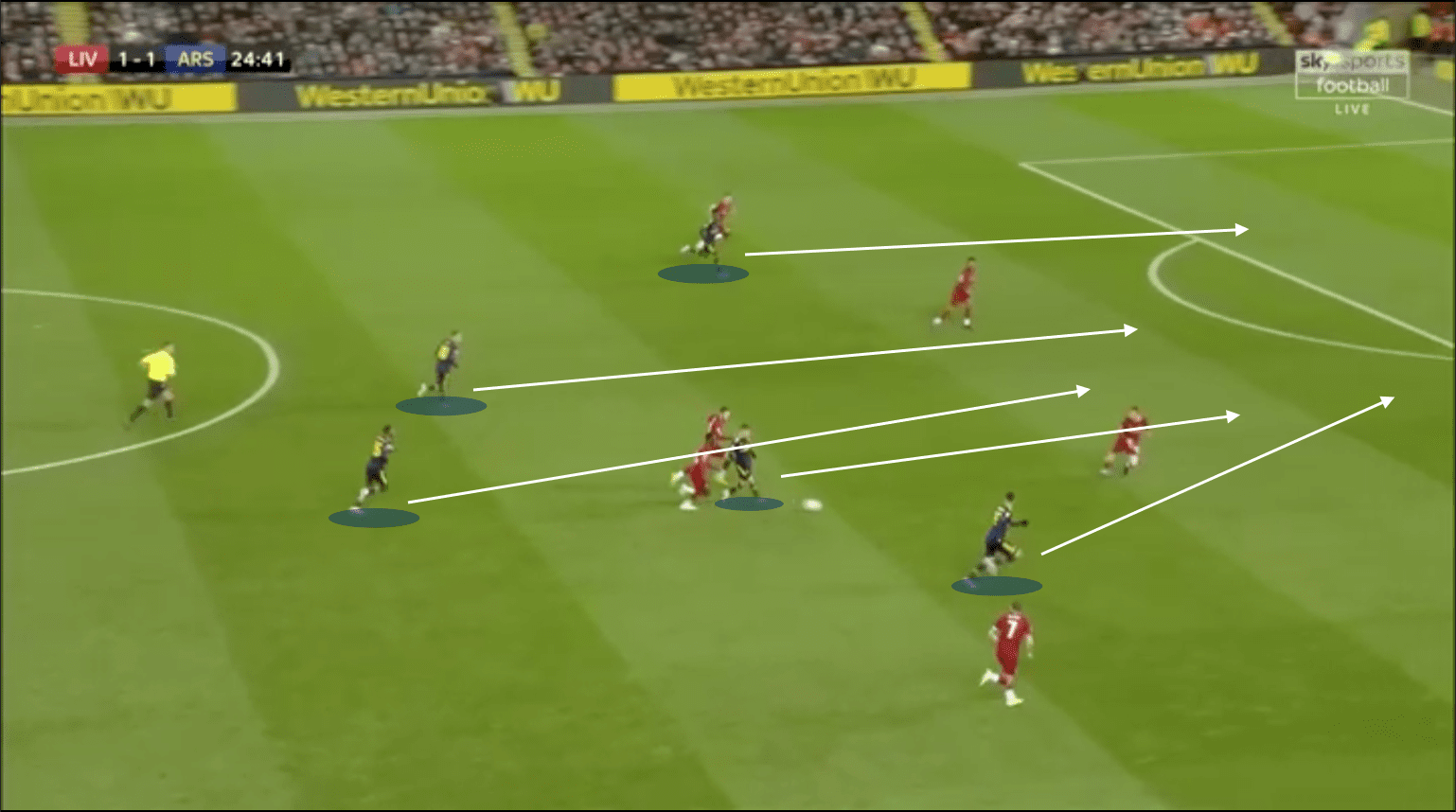
Another positive for Arsenal is that they seemed to have a new setpiece routine well worked that did catch Liverpool off guard. However, they were unable to capitalise.
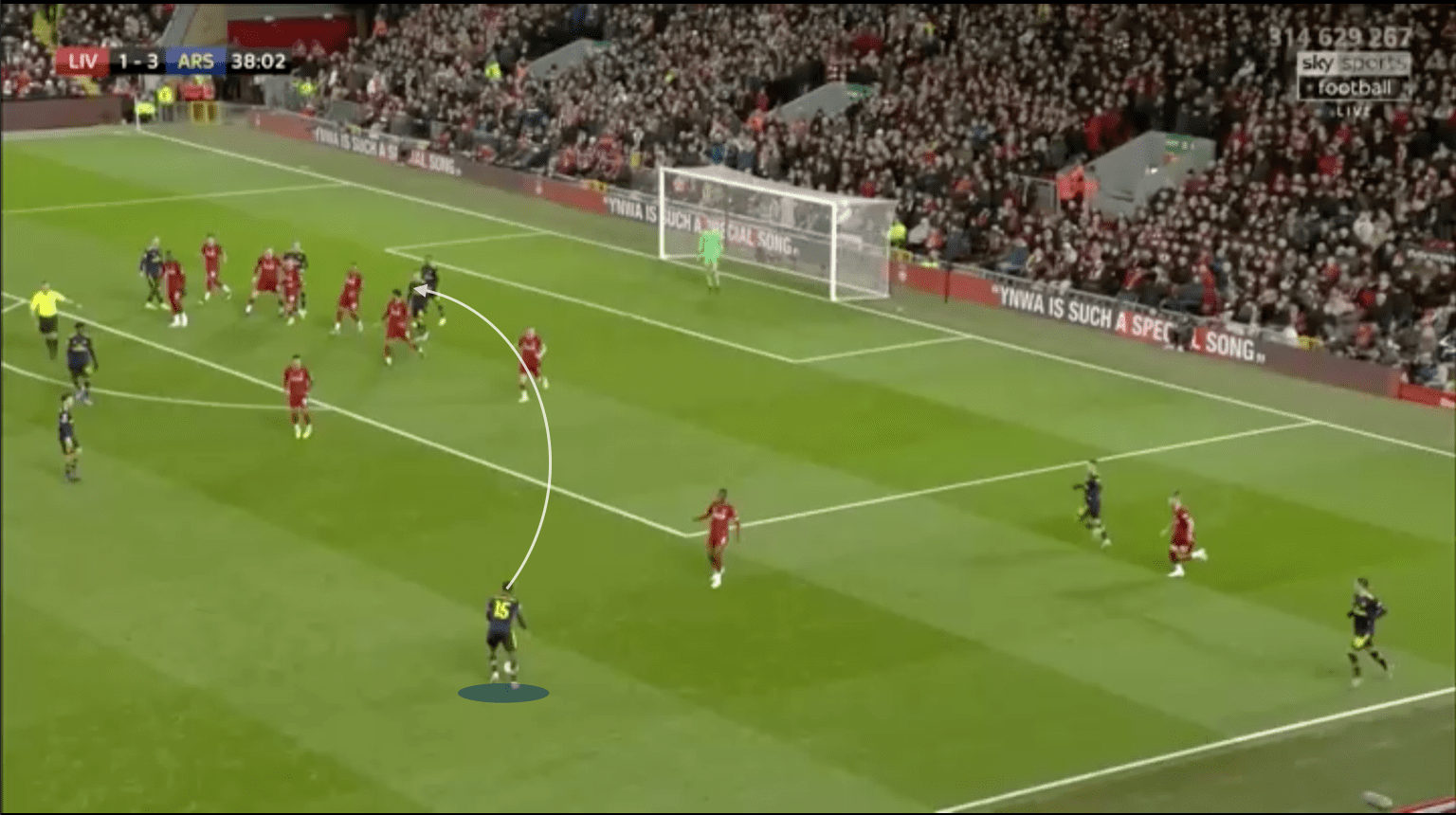
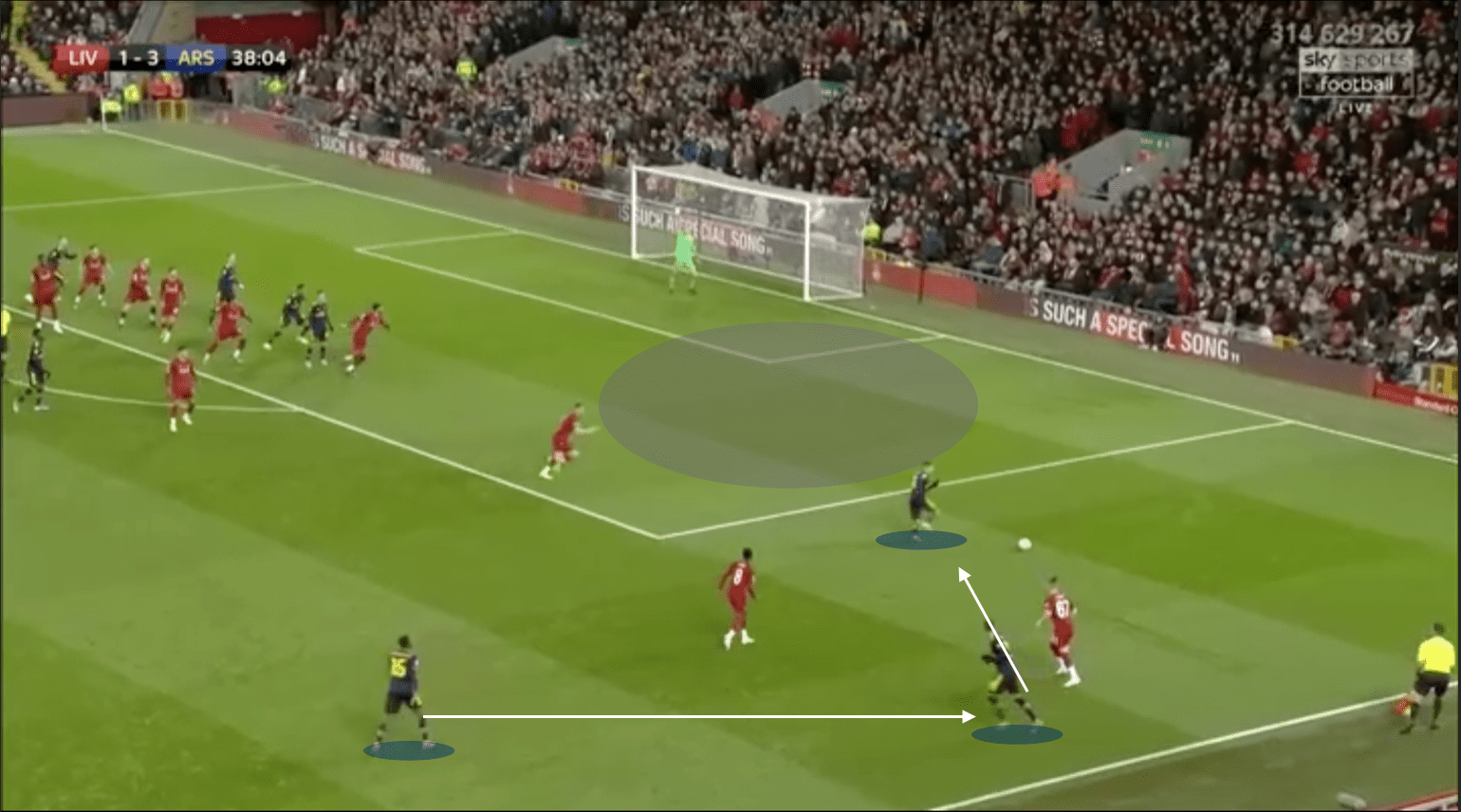
Unluckily for Arsenal, they were not clinical enough when it mattered, as they failed to even get five of their twelve shots on target. Ten shots on target is plenty, and although they scored five goals, they could have forced Kelleher, a young and inexperienced keeper, into making more than two saves.
Defensive Lapses
Each team conceding five goals was great entertainment for neutrals and at first glance, a bad sign for both managers. That being said, fans of both sides should not worry too much about the lack of defensive abilities that both teams put on display.
Both managers fielding an inexperienced, and relatively young players. All ten goals either came from mistakes, with three players making errors that led to goals, or unsavable goals that showed the quality of the two sides.
Neither manager deployed a specific tactic that did not work well or allowed the other team to score so many, until the final minutes, when Liverpool came from behind (again) to equalise.
After Willock had scored Arsenal’s fifth goal in the 70th minute, both managers made some changes. Klopp knew that he had very little time to find an equaliser, so he had to be as proactive as possible with his thinking.
As soon as he was able to, Klopp made a substitution, taking out Oxlade-Chamberlain, and subbing on Pedro Chirivella, a central midfielder, who can also play as a defensive midfielder. Klopp then changed the system from a 4-3-3 to a 4-1-3-2. Klopp instructed Chirivella to play as a defensive midfielder which allowed Curtis Jones to play a bit further forward, on the flank. Lallana was asked to play as an attacking midfielder, and Jones along with Elliott were instructed to play like wingers. Origi and Brewster played alongside each other as strikers.
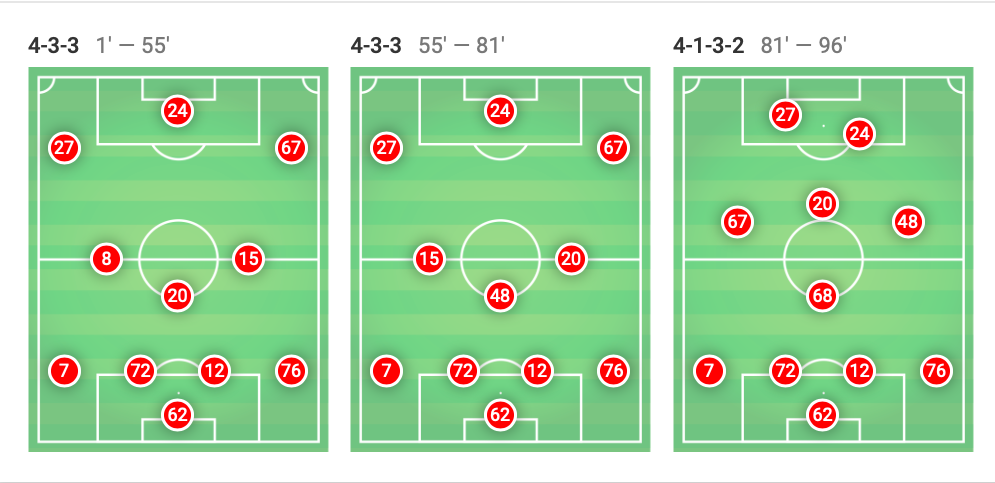
Not only were Liverpool essentially playing with five attacking players and one midfielder. Klopp also instructed fullbacks Milner and Williams to push up as high as possible when in possession.
Emery also made changes to hold onto the one-goal lead. While the 4-2-3-1 formation did not change, the personnel did, which allowed Arsenal to be a bit more defensive. First, he substituted Torreria for Dani Ceballos. Torreria, in actuality, is a more defensive player than Ceballos, but as a central midfielder, Ceballos’s ball retention is much stronger, and Emery hoped that with him in midfield, Arsenal could control the final minutes. His second substitution was Kolašinac for Kieran Tierney. Not only was Kolašinac on a yellow card, but Emery was also aware that Klopp would throw everything at the wall for an equaliser. He wanted to ensure that his defence had some fresh legs to deal with the abundance of attacking plays Liverpool did.
Despite smart substitutions, Arsenal did not manage the game well after Willock’s goal. It is unclear as to whether this was down to Emery himself, or the players, but Arsenal failed to keep compact. On the contrary, they were surprisingly playing quite expansive football. This allowed gaps to be made for Liverpool to exploit.
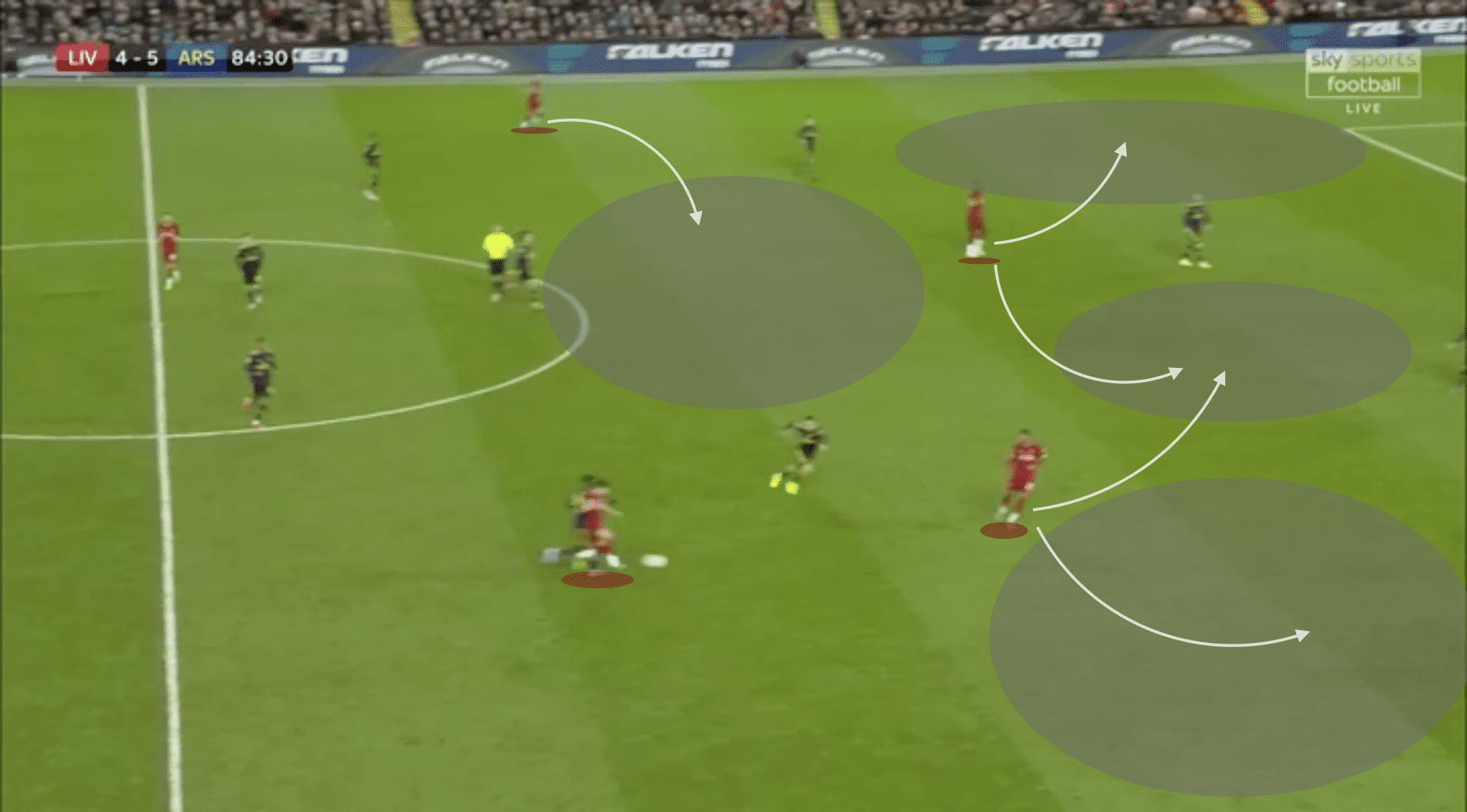
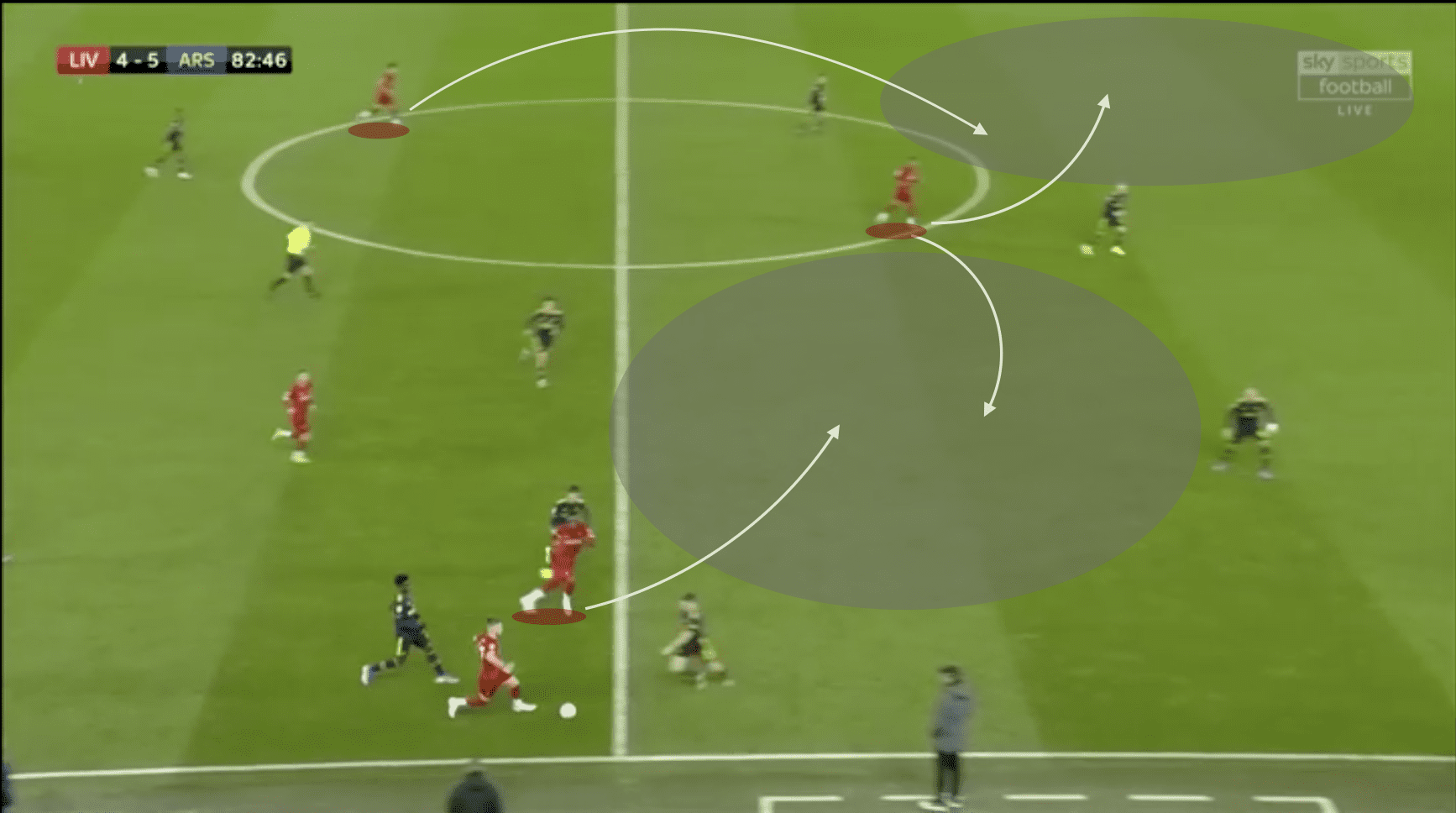
Liverpool’s equaliser came from Williams’s ability to find space within the gaps that Arsenal created, which led to him assisting the goal, scored by Origi.
It is hard to fault Arsenal, it is the dying moments of the game, energy is low, and the players are trying to cling onto all the mental strength they have left to see out the match. However, finishing games strong has been something Arsenal have struggled with for a while now, particularly this season with Emery at the helm. Again, it is unclear as to whether Emery himself ordered the players to be more expansive, or if they were unable to follow instructions correctly, but it was what forced the Gunners into the penalty shootout, which they eventually lost.
Final Thoughts
It is hard to say which team deserved it entirely on the night. Both sides had great spells and horrible lapses of concentration in the span of ninety minutes. Liverpool will be happy with the win but disappointed that they conceded five goals. Arsenal will be happy that they went toe to toe with Liverpool at Anfield but will be disappointed in the fact that they threw away a lead again, after doing so against Crystal Palace in the league. The sides meet again in May at the Emirates Stadium. Fans and neutrals alike will be hoping for another cracker, just like this one.
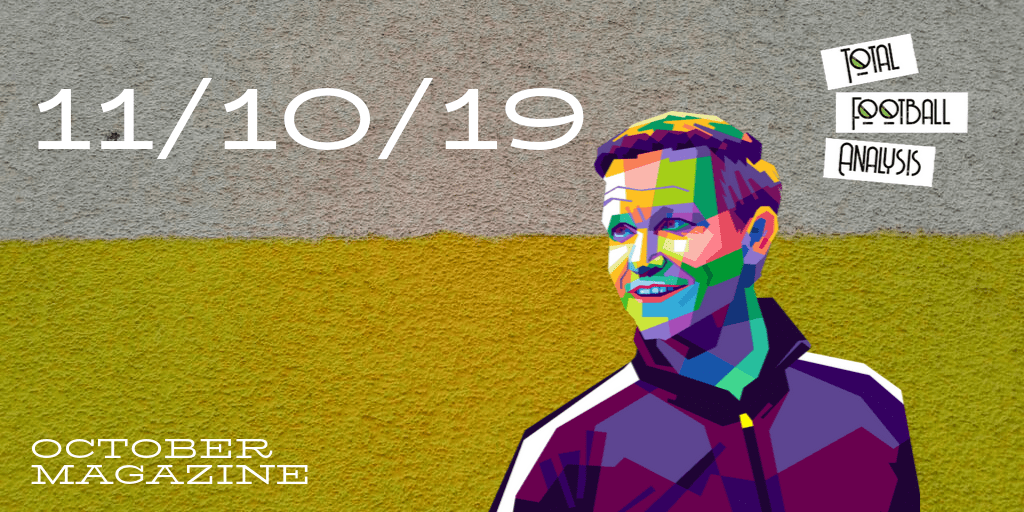
If you love tactical analysis, then you’ll love the digital magazines from totalfootballanalysis.com – a guaranteed 100+ pages of pure tactical analysis covering topics from the Premier League, Serie A, La Liga, Bundesliga and many, many more. Buy your copy of the October issue for just ₤4.99 here

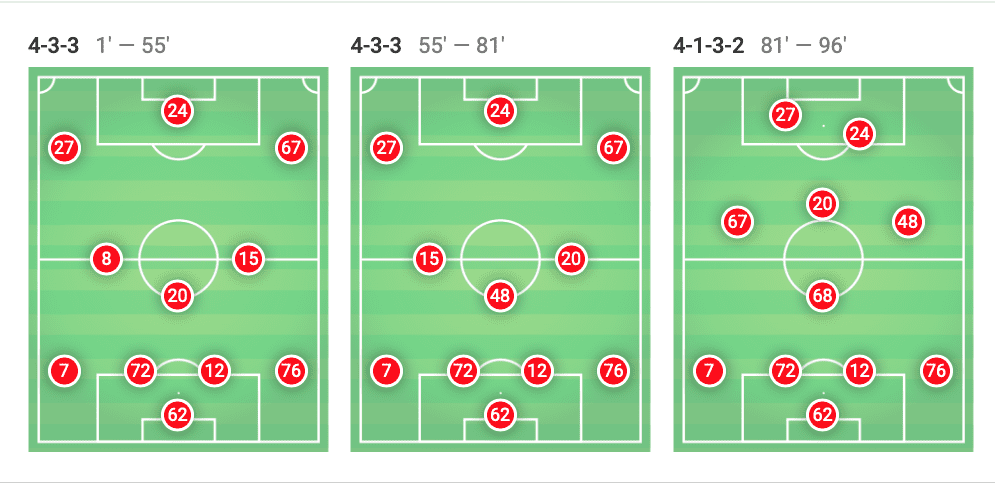




Comments